At Glastonbury’s Shangri-La, activism and innovation meet
Glastonbury’s south-east corner is known for its after-dark entertainment but by day, there is a different story to tell
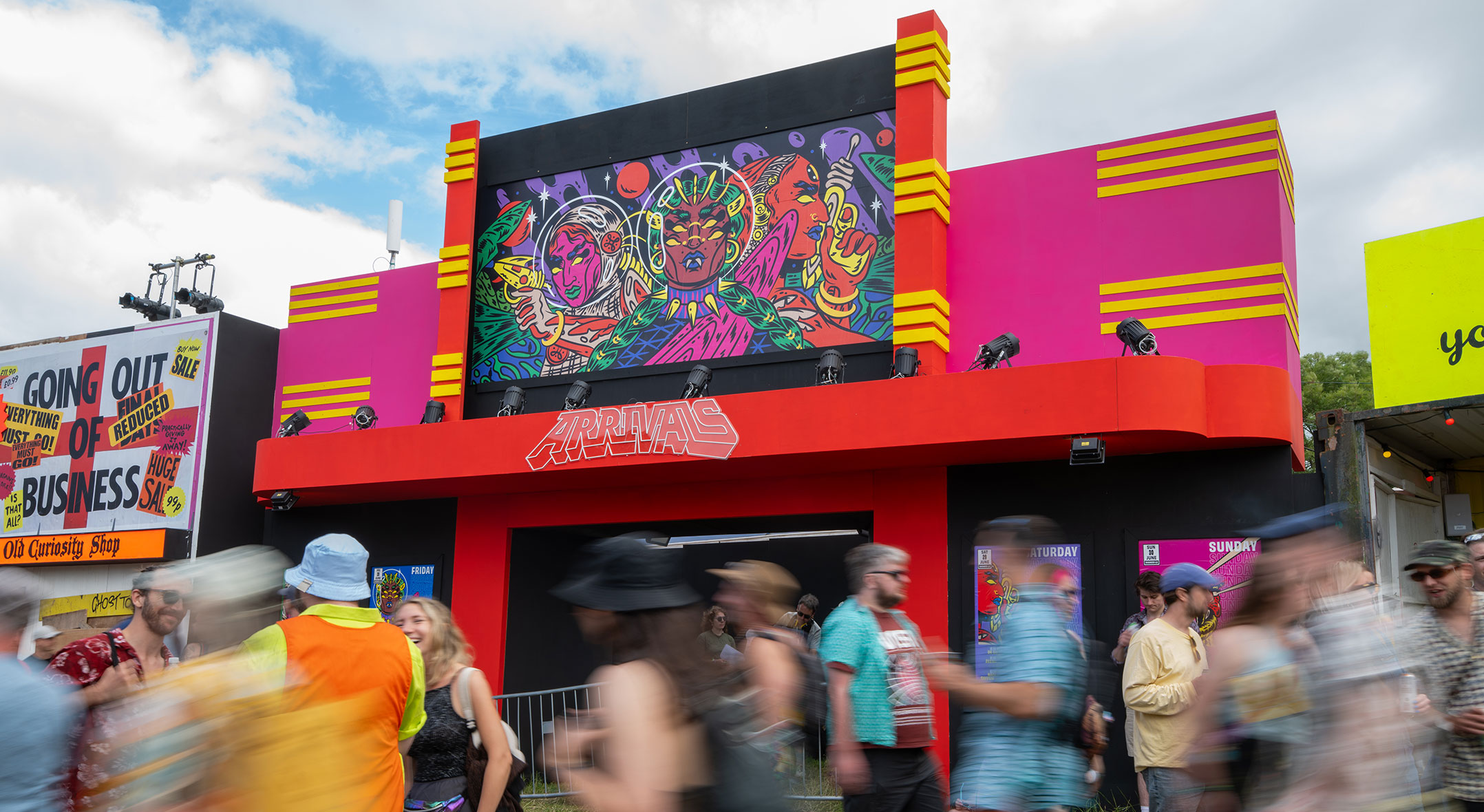
If you venture to the south-east corner of Glastonbury’s sprawling Worthy Farm site, you’ll find Shangri-La, a patch of field filled with tiny club venues, outdoor stages and political art. Each year, the area adopts a different theme but, for 2024, the concept picks up where last year left off with ‘Everything Must Go – The Sequel’, an immersive commentary on consumerism and capitalism.
As you walk through the area's central 'parade', structures made to look like shop fronts line the path. On one side, you’ll see people doing their make-up for phone cameras through the window of the InfluenceZoo and a boss berating their employee in the Fulfilment Centre. On the other, there’s Capitalism To Gogo, complete with staff pushing products on from bending the glass, and State Agents, a satirical take on a realtor’s office.
‘It’s a version of an alternative high street experience,’ says Kaye Dunnings, Shangri-La’s creative director. ‘Our high streets and communities are in decline and, looking at those things, late-stage capitalism is mostly the problem. It’s looking at solutions, but also trying to find ways to deal with the trauma through comedy.’
The shopping parade culminates in the new, alfresco Peace Stage, which will be present at the festival for this year only. The space is designed as a decaying shopping centre, the lettering on its signage crooked and unkempt. The space will change over the weekend as activists and artists – and general festival-goers – paste up art they’ve created on site, sharing their positive messages with those who enter the area. ‘We’re looking at consumerism, but twisting and turning it into something that makes us feel really good, positive and powerful,’ Dunnings explains of the ‘living, breathing piece of art’.
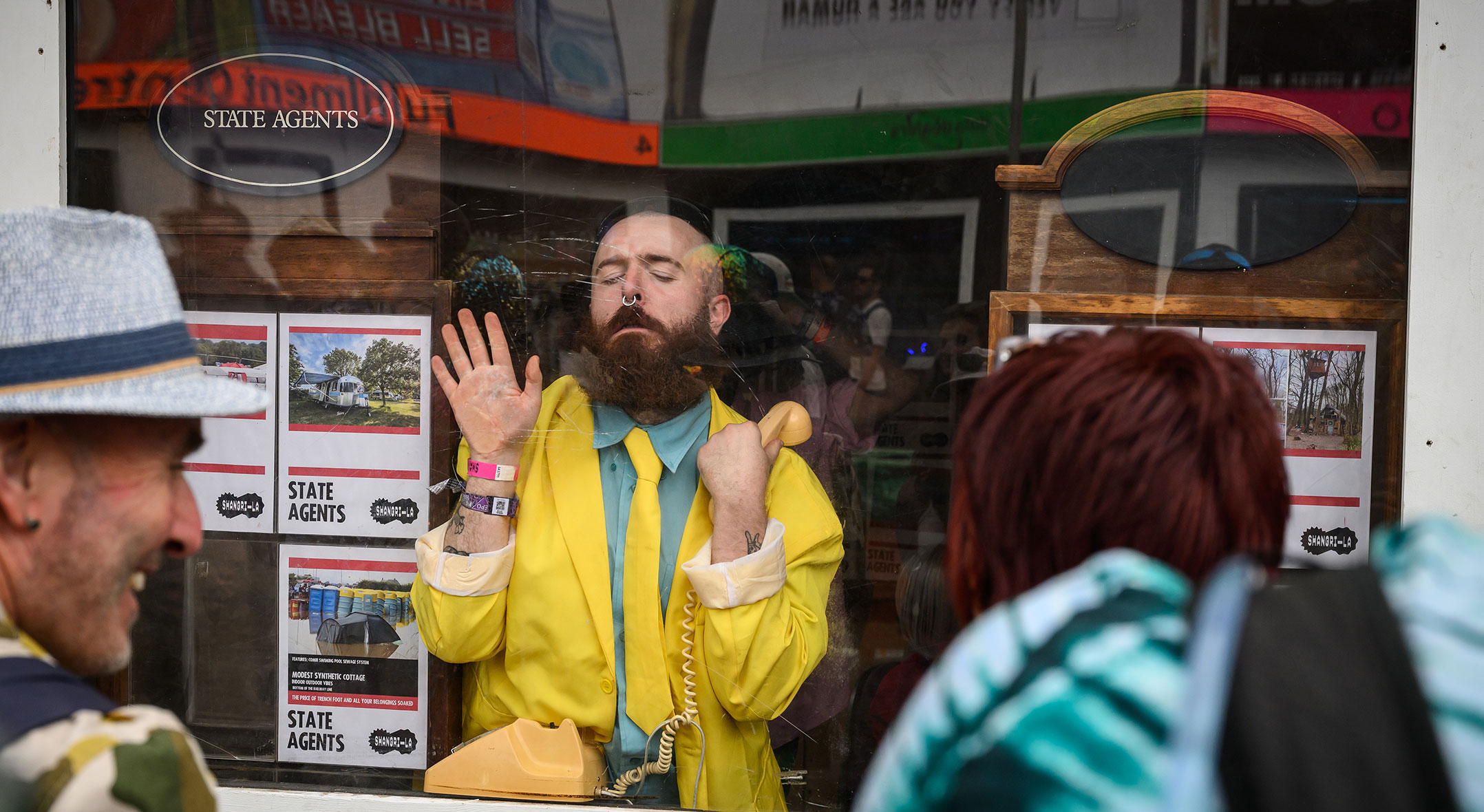
Shangri-La in 2024 is also opening its doors to communities that are often less commonly represented in mainstream culture. In the Nomad space, you can become a member of the Chapel Of Unrest, a protest group based in Bristol’s Rockaway Park, aiming to spread hope to their community and beyond. In a blue bus next door, you can join one of their number, Joe, for a cup of tea in the vehicle he calls home.
Next door, under a bright red sign, is Arrivals: a new live space and a Glastonbury first. Run by the team behind Dialled In, the events team and platform showcasing South Asian creativity, it will play host to artists and DJs from the diaspora all weekend. Inside, it transports punters to an alien jungle planet, its walls adorned with illustrations that connect imagery from the South Asian world with pulp sci-fi visuals.
‘Everything has a meaning and speaks to the past, present and future,’ Dhruva Balram of Dialled In says. ‘The space has been designed, conceptualised and programmed by an entirely South Asian team.’ It marks the first time that region has been represented so strongly at Glastonbury – proof that, even this far into its story, the festival continues to evolve and expand its reach, ever wider.
Receive our daily digest of inspiration, escapism and design stories from around the world direct to your inbox.
Rhian Daly is a culture journalist who has contributed to the likes of Billboard, Rolling Stone, Grazia and more.
-
 Year in review: the shape of mobility to come in our list of the top 10 concept cars of 2025
Year in review: the shape of mobility to come in our list of the top 10 concept cars of 2025Concept cars remain hugely popular ways to stoke interest in innovation and future forms. Here are our ten best conceptual visions from 2025
-
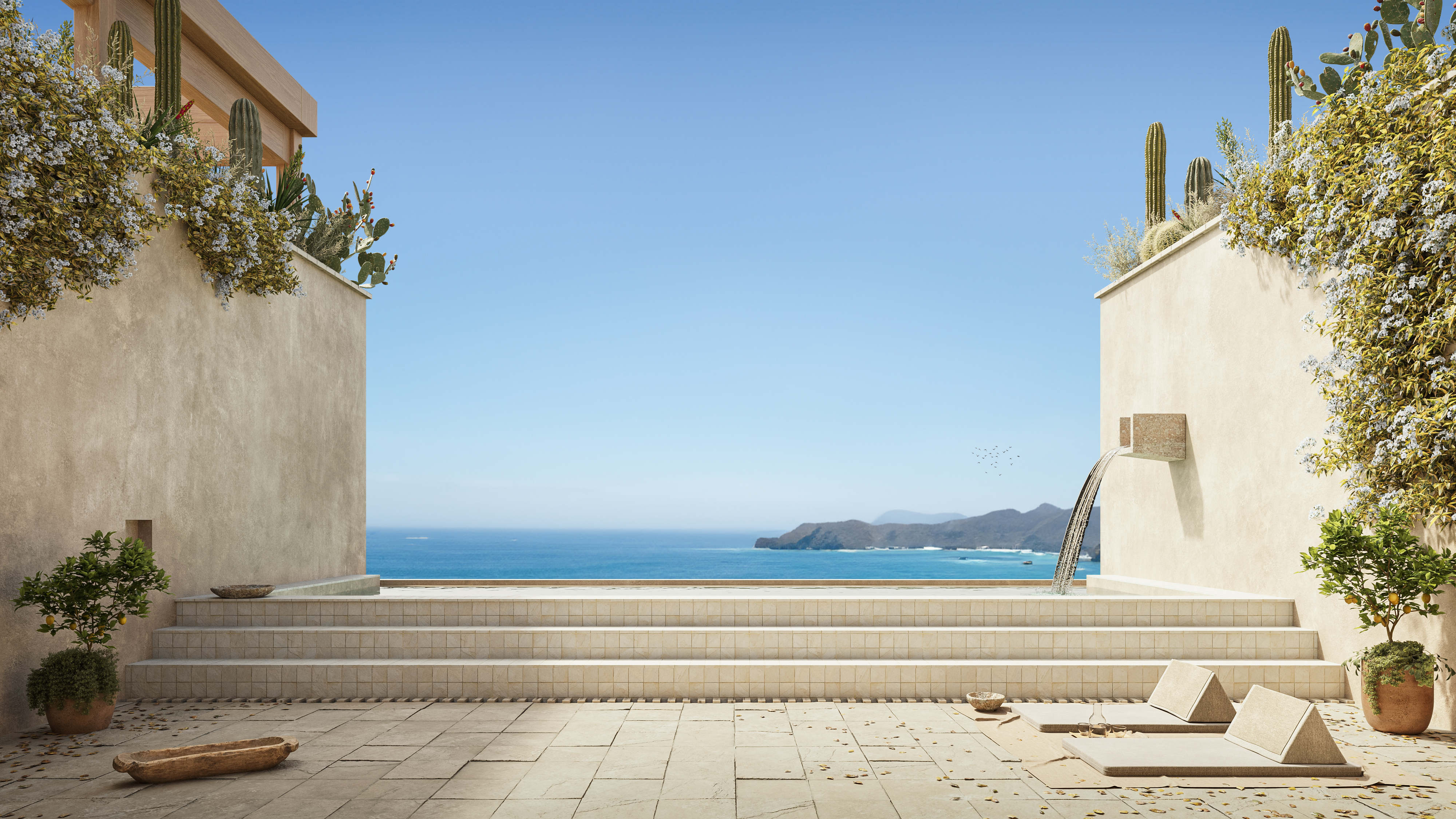 These Guadalajara architects mix modernism with traditional local materials and craft
These Guadalajara architects mix modernism with traditional local materials and craftGuadalajara architects Laura Barba and Luis Aurelio of Barbapiña Arquitectos design drawing on the past to imagine the future
-
 Robert Therrien's largest-ever museum show in Los Angeles is enduringly appealing
Robert Therrien's largest-ever museum show in Los Angeles is enduringly appealing'This is a Story' at The Broad unites 120 of Robert Therrien's sculptures, paintings and works on paper
-
 Out of office: The Wallpaper* editors’ picks of the week
Out of office: The Wallpaper* editors’ picks of the weekIt’s wet, windy and wintry and, this week, the Wallpaper* team craved moments of escape. We found it in memories of the Mediterranean, flavours of Mexico, and immersions in the worlds of music and art
-
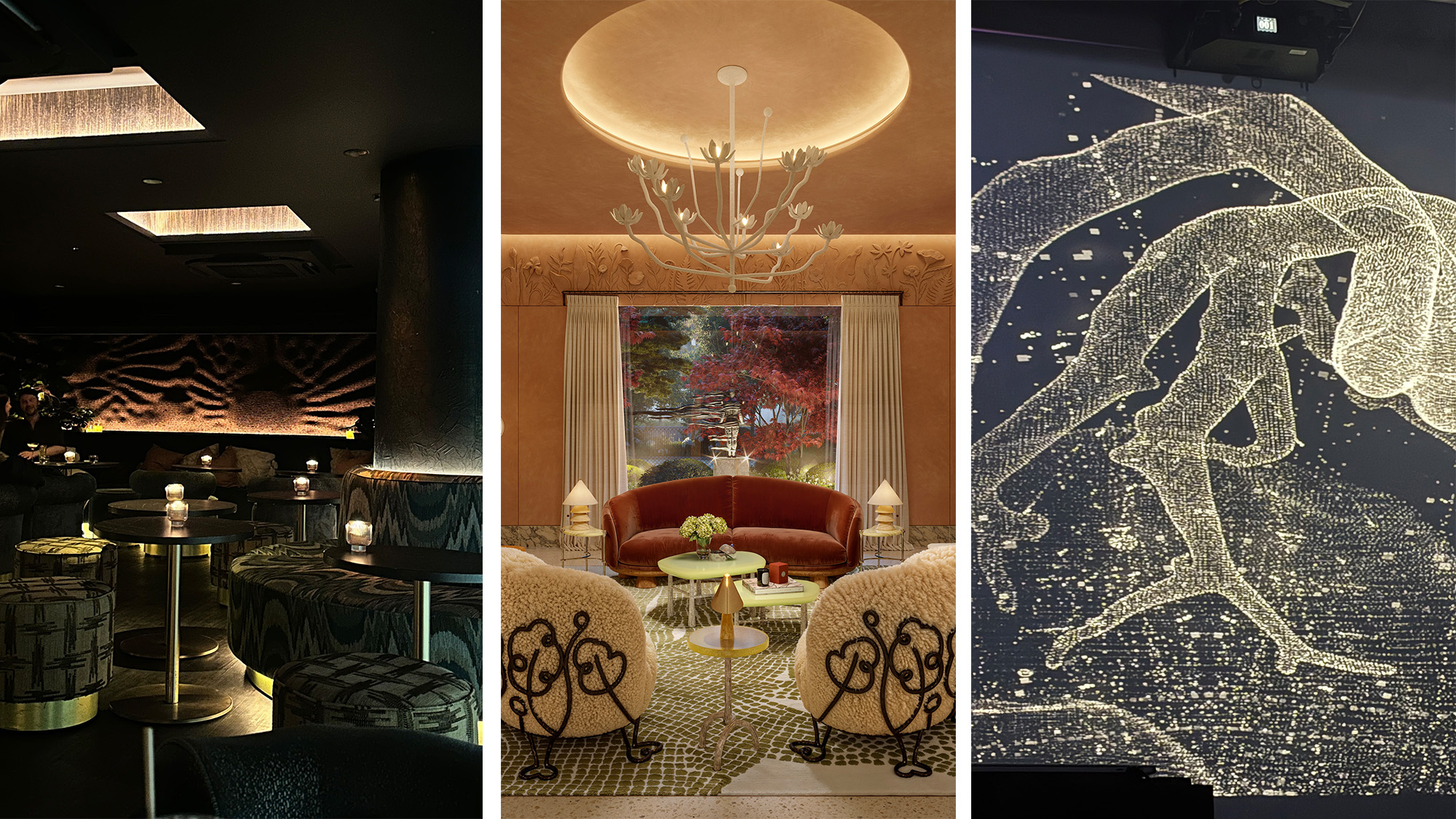 Out of office: The Wallpaper* editors’ picks of the week
Out of office: The Wallpaper* editors’ picks of the weekThe clocks have gone back in the UK and evenings are officially cloaked in darkness. Cue nights spent tucked away in London’s cosy corners – this week, the Wallpaper* team opted for a Latin-inspired listening bar, an underground arts space, and a brand new hotel in Shoreditch
-
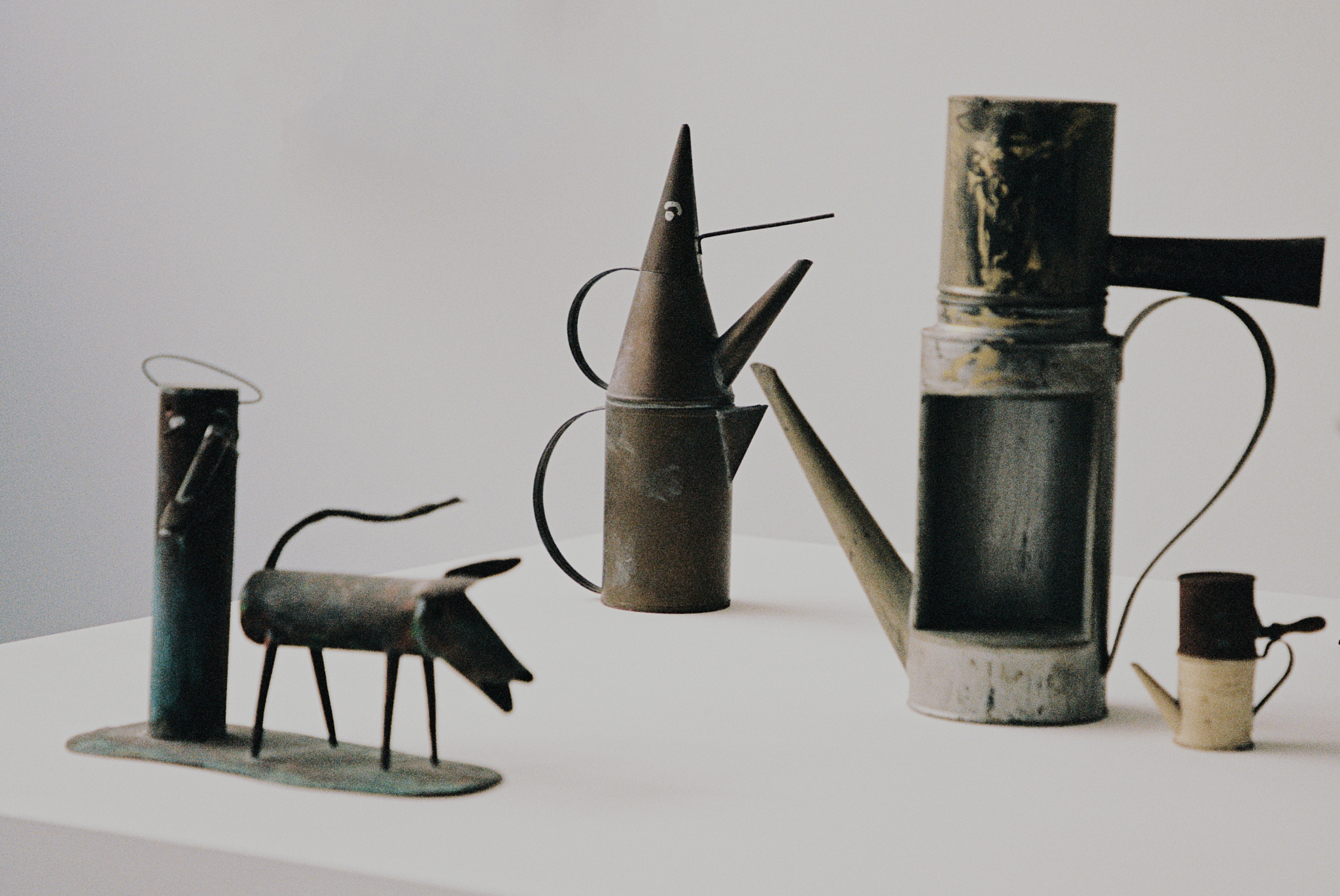 Riccardo Dalisi’s first UK retrospective opens at east London gallery Spazio Leone
Riccardo Dalisi’s first UK retrospective opens at east London gallery Spazio LeoneSpazio Leone draws together six decades of the Italian visionary’s work, from whimsical coffee pots to radical community workshops
-
 Out of office: the Wallpaper* editors’ picks of the week
Out of office: the Wallpaper* editors’ picks of the weekThis week, our editors have been privy to the latest restaurants, art, music, wellness treatments and car shows. Highlights include a germinating artwork and a cruise along the Pacific Coast Highway…
-
 Inside the fight to keep an iconic Barbara Hepworth sculpture in the UK
Inside the fight to keep an iconic Barbara Hepworth sculpture in the UK‘Sculpture with Colour’ captures a pivotal moment in Hepworth’s career. When it was sold to an overseas buyer, UK institutions launched a campaign to keep it in the country
-
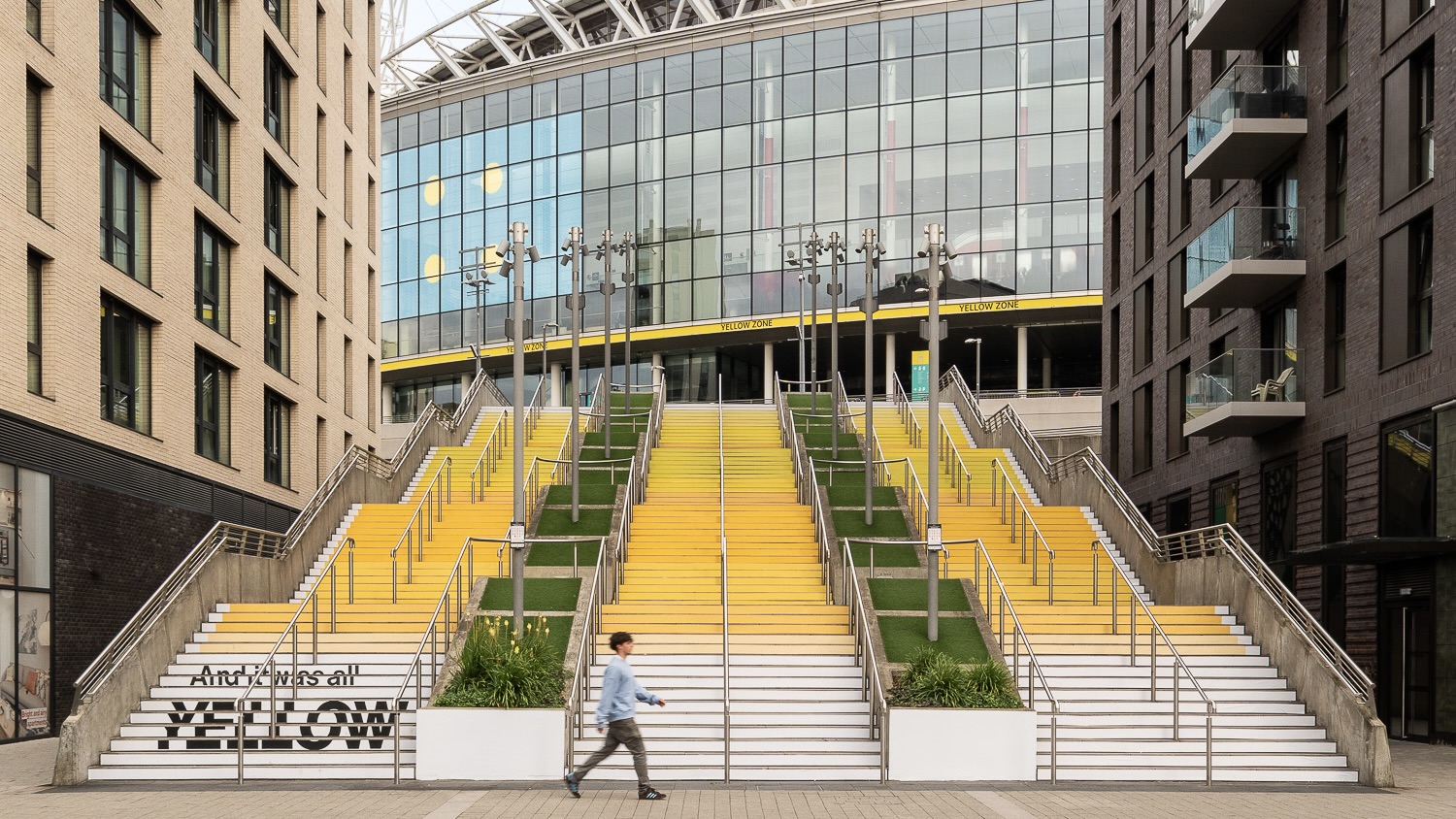 Pantone’s new public art installation is a tribute to Coldplay’s ‘Yellow’, 25 years after its release
Pantone’s new public art installation is a tribute to Coldplay’s ‘Yellow’, 25 years after its releaseThe colour company has created a – you guessed it – yellow colour swatch on some steps in Wembley Park, London, where the band will play ten shows this month
-
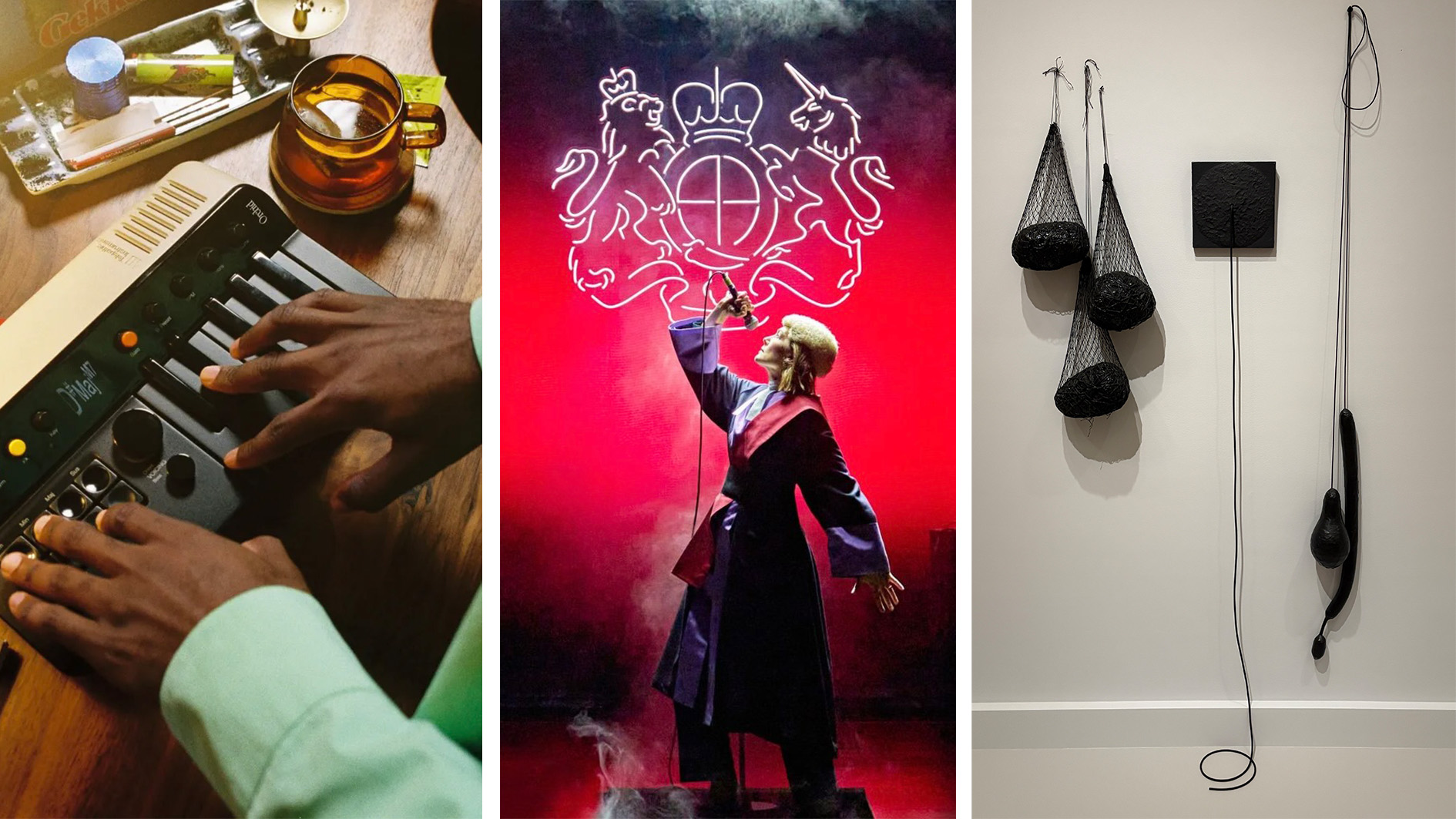 Out of office: the Wallpaper* editors’ picks of the week
Out of office: the Wallpaper* editors’ picks of the weekThe Wallpaper* team immersed themselves in culture this week, attending theatre, music and art performances and exhibitions at some of London’s most esteemed establishments. Along the way, we may have discovered the city's best salad…
-
 Thirty-five years after its creation, Lynn Hershman Leeson’s seminal video is as poignant as ever
Thirty-five years after its creation, Lynn Hershman Leeson’s seminal video is as poignant as everLynn Hershman Leeson’s 'Desire Inc', at 243 Luz in Margate, blurs the boundaries between art and reality